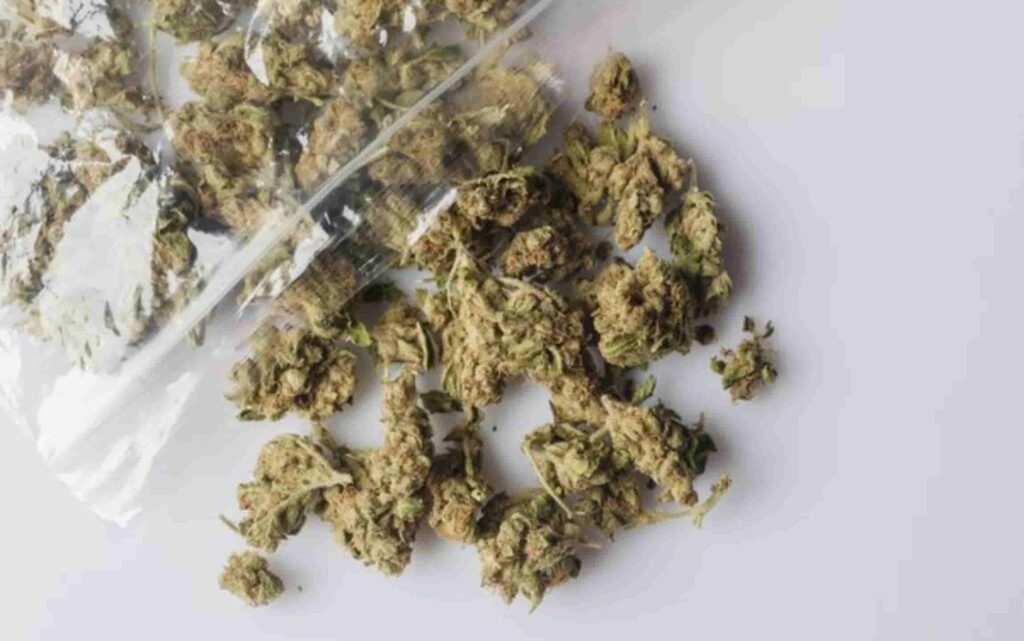How to Determine if Medical Marijuana Has Expired: A Comprehensive Guide
As the use of medical marijuana becomes increasingly widespread, patients and caregivers must be vigilant about the quality and potency of the products they consume. Just like any other medication, medical marijuana can lose its effectiveness over time, and consuming expired products may pose health risks. In this guide, we will explore the factors that contribute to the expiration of medical marijuana, the signs of expiration, and how to store it properly to ensure its longevity.
Factors Contributing to Marijuana Expiration
Understanding the factors that contribute to the expiration of medical marijuana is essential for ensuring its efficacy and safety. The main elements that influence the shelf life of marijuana include:
- Light Exposure: Exposure to light, especially ultraviolet (UV) rays, can degrade cannabinoids and other active compounds in marijuana. This degradation not only reduces the product’s potency but may also lead to the formation of harmful byproducts.
- Air and Oxygen: Oxidation is a chemical reaction that occurs when marijuana is exposed to air and oxygen. This process can break down cannabinoids and other beneficial compounds, leading to a loss of potency and effectiveness.
- Temperature: Fluctuations in temperature can accelerate the degradation of marijuana. Storing cannabis in environments with extreme temperatures, whether too hot or too cold, can compromise its quality over time.
- Humidity: Excessive moisture can lead to the growth of mold and mildew on marijuana, rendering it unsafe for consumption. On the other hand, very low humidity can cause the plant material to become brittle and harsh.
- Container Material: The type of container used for storing medical marijuana can impact its shelf life. Containers that allow light, air, and moisture to penetrate can accelerate the degradation process.
Signs of Expired Medical Marijuana
Recognizing the signs of expired medical marijuana is crucial for maintaining its safety and efficacy. Here are some indicators that your medical marijuana may have passed its prime:
- Changes in Color: Fresh marijuana typically exhibits vibrant green hues. If you notice a significant change in color, such as a yellowing or browning of the plant material, it may indicate deterioration.
- Loss of Aroma: The aromatic compounds in marijuana contribute to its distinct smell. If your medical marijuana has lost its characteristic scent or has developed a musty or moldy odor, it could be a sign of expiration.
- Harsh or Stale Taste: Quality medical marijuana should have a smooth and pleasant taste when consumed. Detecting a harsh or stale flavor may suggest that the cannabinoids have degraded over time.
- Changes in Texture: Marijuana that has expired may exhibit changes in texture. It could become overly dry and crumbly or, in contrast, excessively moist and sticky due to mold growth.
- Reduced Potency: The primary reason for consuming medical marijuana is its therapeutic effects. If you experience a significant reduction in the desired effects, the product may have lost potency and efficacy.
Proper Storage for Longevity
To extend the shelf life of medical marijuana and minimize the risk of expiration, it’s crucial to store it properly. Here are some guidelines for optimal storage:
- Dark and Cool Environment: Store medical marijuana in a dark and cool place to minimize exposure to light and temperature fluctuations. Airtight containers made of materials that block light are ideal for preserving freshness.
- Use Dark Glass Jars: When choosing a storage container, opt for dark glass jars that protect the contents from UV rays. This helps maintain the potency of cannabinoids and terpenes.
- Avoid Plastic Bags: Plastic bags can generate static electricity and degrade cannabinoids over time. Additionally, they may not provide an adequate barrier against light and air.
- Use Humidity Control Packs: Adding humidity control packs to your storage container can help regulate moisture levels and prevent mold growth. These packs are available in various humidity levels to suit different preferences.
- Regularly Check for Mold: Inspect your medical marijuana regularly for any signs of mold or mildew. If you detect any, discard the affected portions immediately to prevent further contamination.
- Refrigeration and Freezing: While refrigeration and freezing can slow down the degradation process, using a moisture-proof container is essential. However, freezing may alter the texture of the marijuana, so it’s not recommended for long-term storage.
Conclusion
Ensuring the quality and safety of medical marijuana requires diligence in both purchasing and storage. By understanding the factors that contribute to marijuana expiration, recognizing the signs of deterioration, and following proper storage practices, patients and caregivers can optimize the shelf life of medical marijuana. This preserves its therapeutic benefits and minimizes the potential risks of consuming expired products. As the medical marijuana landscape continues to evolve, staying informed about best practices for storage and expiration will empower individuals to make informed decisions about their healthcare.

Dr. Nicholas Marsh has been a respected board-certified anesthesiologist in Northern Virginia for over 35 years. Recognized as a top doctor by FindaTopDoc.com, his vision for providing top-quality medical services is driven by his passion for patient comfort and dignity.

